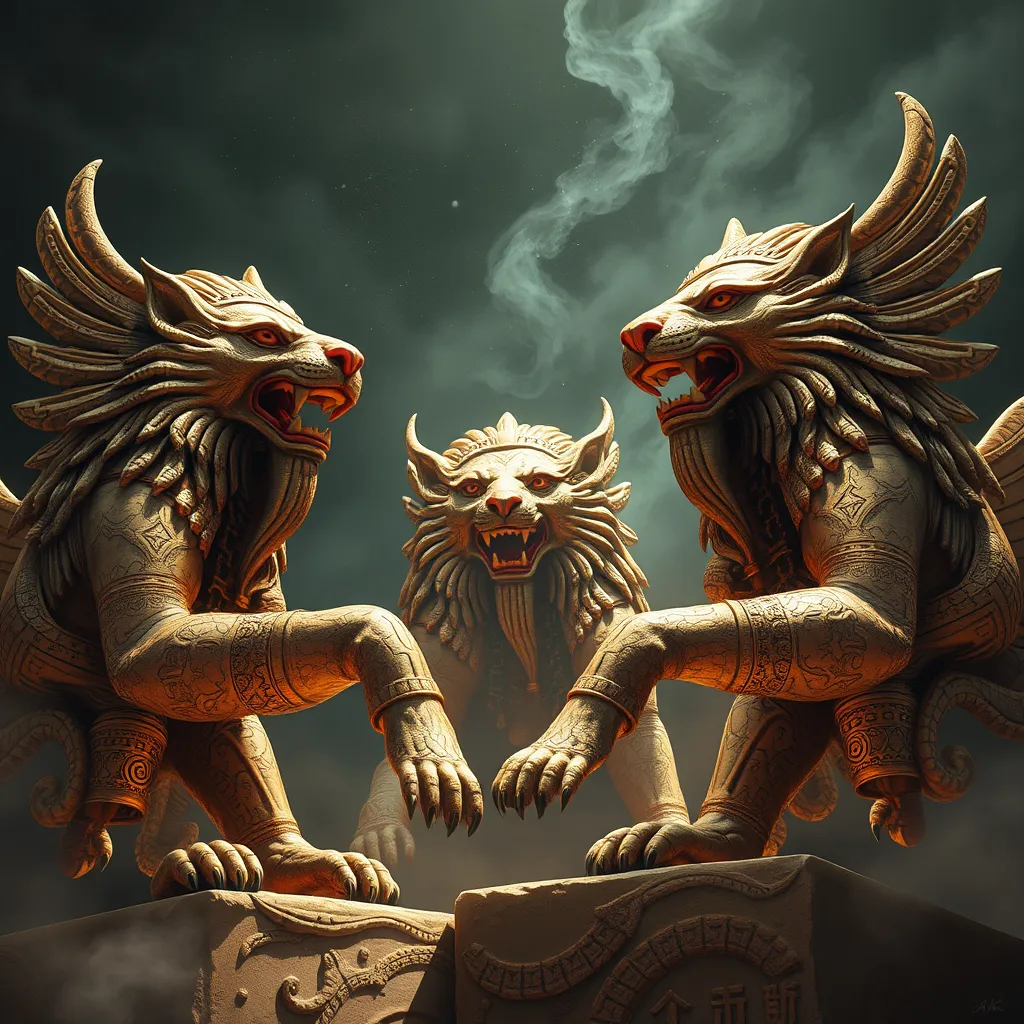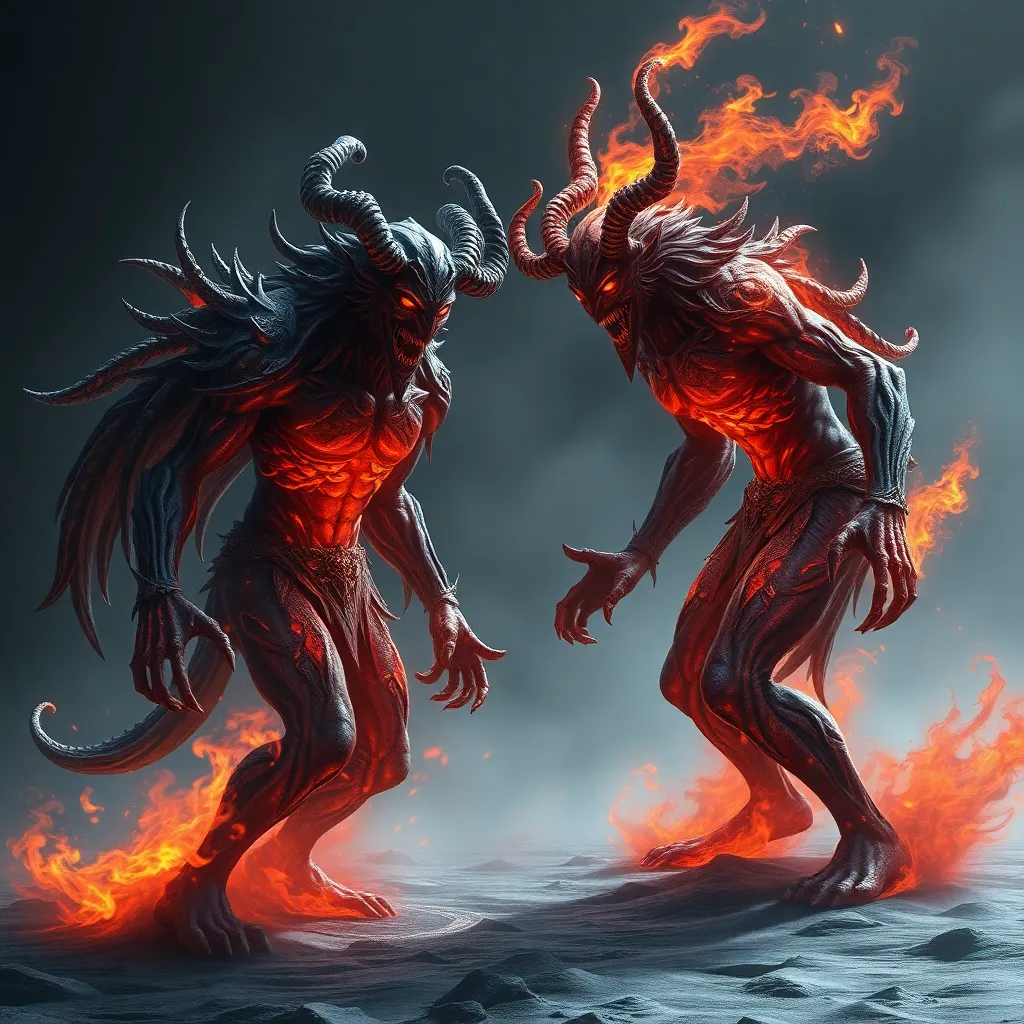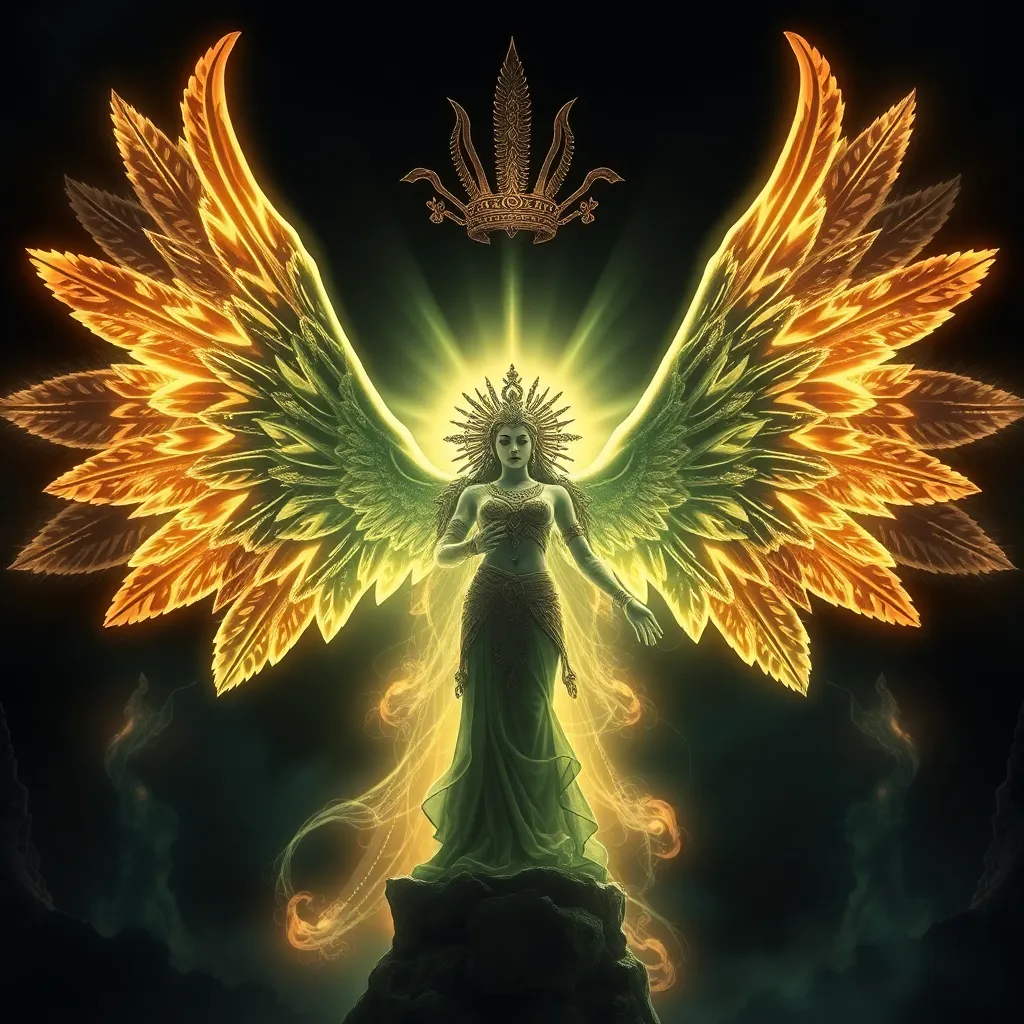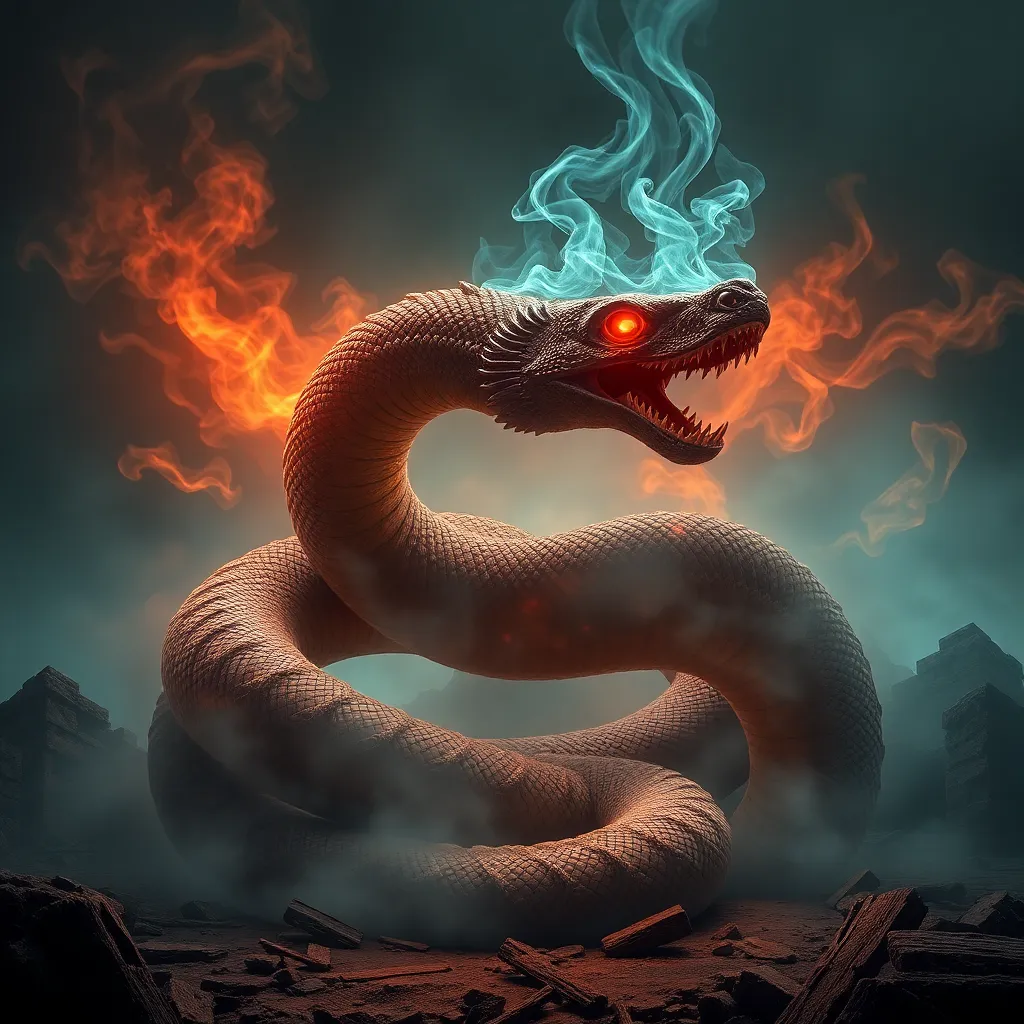The Shedu: Lion-Headed Demigods and their Role in Mesopotamian Mythology
I. Introduction
The Shedu, often depicted as lion-headed figures with human bodies, hold a unique place in the pantheon of Mesopotamian mythology. These demigods are emblematic of the fusion of human and animal characteristics, symbolizing strength, protection, and divine power. Mesopotamian mythology, rich with deities and legendary creatures, offers a fascinating glimpse into the beliefs and values of ancient civilizations.
Lion-headed figures have significant cultural resonance across various ancient societies. They often represent power, guardianship, and the intersection of the earthly and the divine, making the Shedu a compelling subject for exploration within the wider context of mythology.
II. Historical Context of Mesopotamian Mythology
Mesopotamia, often referred to as the cradle of civilization, was home to several influential cultures, including the Sumerians, Akkadians, Babylonians, and Assyrians. Each of these civilizations contributed to a rich tapestry of mythology that shaped their societal norms and values.
- Sumerians: The earliest known civilization in Mesopotamia, known for their innovations in writing and urbanization.
- Akkadians: Known for their military conquests and the establishment of the first empire under Sargon of Akkad.
- Babylonians: Famous for the Code of Hammurabi and their advancements in astronomy and mathematics.
- Assyrians: Renowned for their powerful army and monumental architecture, including the famous city of Nineveh.
In Mesopotamian society, mythology served as a framework for understanding the world, providing explanations for natural phenomena, and establishing moral guidelines. Key deities, such as Anu, Enlil, and Ishtar, were revered for their attributes and powers, influencing the daily lives of the people.
III. Characteristics of the Shedu
The Shedu are characterized by their distinctive lion-headed appearance, merging human and animal traits that convey both strength and divinity. This hybrid form symbolizes the power of the gods and their ability to transcend the human experience.
In addition to their physical features, the Shedu are often associated with various mythological creatures, such as:
- Lamassu: Winged protective spirits that also feature human heads and animal bodies, commonly found guarding entrances to temples and palaces.
- Griffins: Mythical creatures with the body of a lion and the head and wings of an eagle, emphasizing the theme of guardianship.
Variations in the representation of Shedu can be observed across different Mesopotamian cultures, reflecting local beliefs and artistic conventions. However, the core symbolism of protection and power remains consistent.
IV. The Shedu in Art and Architecture
Shedu have a prominent presence in Mesopotamian art, particularly in sculptures and bas-reliefs. These depictions often illustrate the Shedu standing guard, conveying a sense of security and divine watchfulness.
Architecturally, the Shedu served significant roles, often positioned as protective figures at the entrances of temples and palaces. Their imposing stature and fierce appearance were believed to ward off evil spirits and intruders.
The influence of Shedu can be seen in later artistic traditions, where the symbolism of hybrid creatures continued to inspire artists and architects throughout history. Their legacy persists in various cultures that adopted similar motifs in their own protective figures.
V. The Role of Shedu in Mythological Narratives
In Mesopotamian mythology, the Shedu appear in several key narratives, often depicted as protectors and guides for both gods and mortals. Their presence in myths underscores their role as intermediaries between the divine and human realms.
- Epic of Gilgamesh: The Shedu are referenced as guardians in the epic, illustrating their protective qualities in the face of chaos and uncertainty.
- Enuma Elish: In this creation myth, the Shedu symbolize the balance of chaos and order, embodying the protective aspects of the gods.
The Shedu’s relationship with major deities and heroes further emphasizes their importance. They serve as companions and protectors, aiding figures like Gilgamesh in their quests and adventures.
VI. Shedu as Symbols of Power and Protection
The Shedu hold a significant place in royal iconography, often associated with kingship and authority. Their depiction in royal contexts reinforces the notion that rulers were divinely ordained and protected by powerful forces.
In rituals and ceremonies, the Shedu were invoked for their protective qualities, playing a crucial role in safeguarding communities from harm. Their presence in daily life was believed to bring blessings and ward off misfortune.
As symbols of power, the Shedu were also employed in various forms of art and decoration, conveying messages of strength and divine favor.
VII. The Legacy of Shedu in Modern Culture
The influence of the Shedu extends into modern culture, inspiring contemporary art and literature. Their majestic and fearsome appearance continues to captivate the imagination of artists and writers alike.
In popular media, the Shedu have appeared in various forms, including:
- Films: Often depicted in movies that explore ancient myths and legends.
- Video Games: Featured in games that draw on Mesopotamian themes, showcasing their protective and powerful qualities.
The continued interest in Mesopotamian mythology reflects a broader fascination with ancient cultures and their narratives, allowing modern audiences to connect with themes of power, protection, and the supernatural.
VIII. Conclusion
The Shedu are integral to Mesopotamian mythology, embodying the complex interplay between humanity and divinity. Their enduring significance as symbols of protection and power highlights their impact on ancient cultures and their legacy in modern society.
As we reflect on the Shedu’s role in mythology, we are invited to explore the rich tapestry of Mesopotamian themes and their relevance in our understanding of history and culture. The lion-headed demigods serve as a reminder of the timeless quest for strength and security in an ever-changing world.



